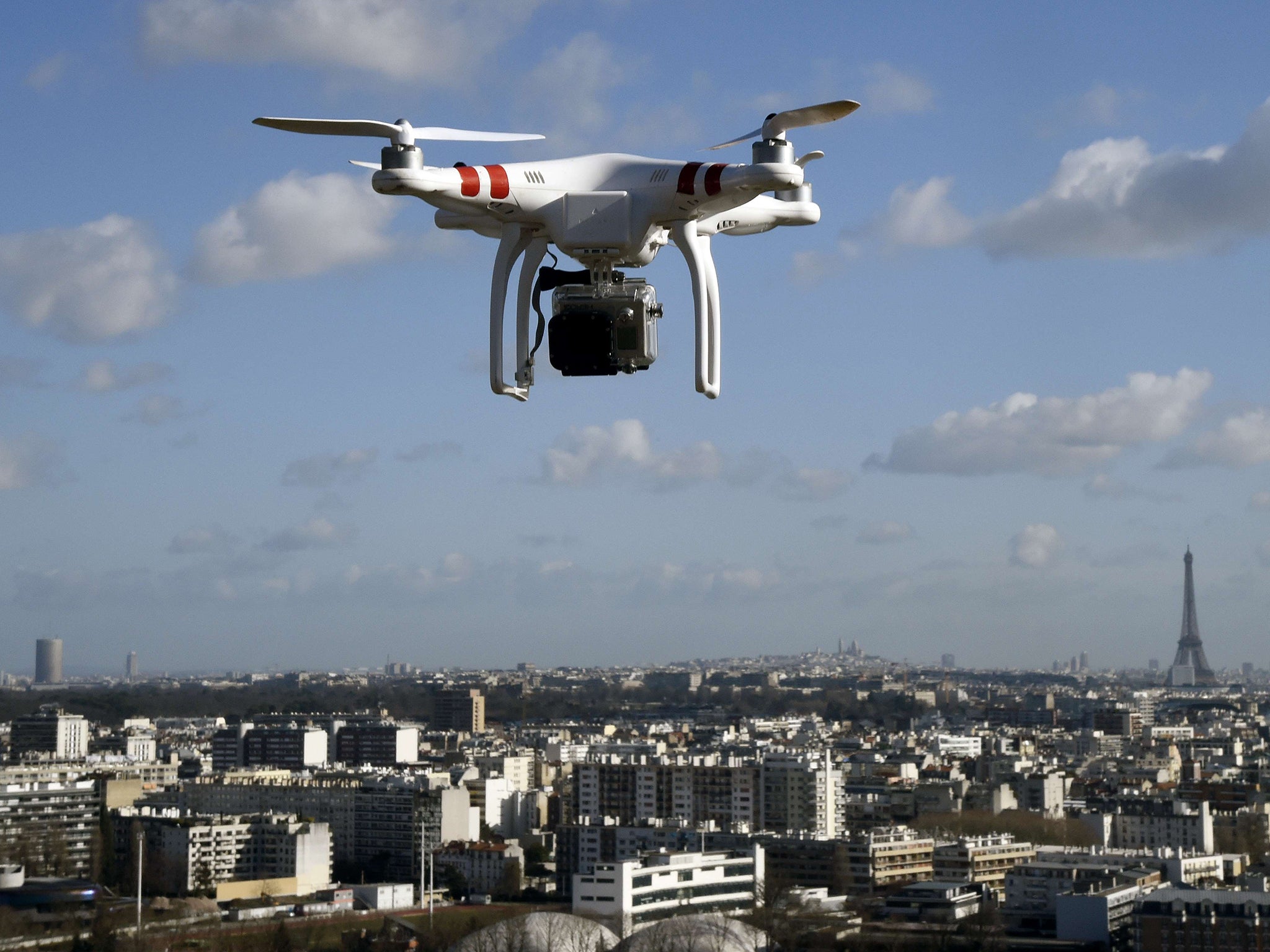Working in the Digital
Online
Newspapers are extremely popular in today’s society. They are so big that they
have taken over printed work. The viewers just prefer to read the stories and
look at the picture online for free rather than subscribe to a local paper and
look through the pages. With online newspapers you can present visuals in various
of ways. For instances you can include videos and hyperlinks online which you can’t
really do when it’s in print.
Well
as I have said before online papers have taken over from printed newspapers
because they offer so many options while you’re reading the stories. Online
Newspapers are based on and collected by social media e.g.: Twitter, Facebook, Instagram
and even Snapchat. Photojournalists can
upload a post within seconds so the viewers online can view it rather waiting
till the following day. With technology constantly improve in today’s world be
a Photojournalist can be easier because you have the ability to take pictures
and upload them to your internet within seconds.
| Taken by SNA Foundation |
Comparing
this to Photogravure is such a difference because for a Photogravure you had to
carry all of your work in hand whereas all of your work for newspapers are
online where they are secure. I feel like you couldn’t edit pictures with a Photogravure
back then but you could differently edit pictures online so they stand out more
and look better to view.
In content six,
Demotix: Inventing a New Marketplace. It shows that
publishing work is just as easy as pushing a button. It goes through all of the
steps for when you take the picture. You can then title it and publish it
online for everyone to see, this process can be completed within five
minutes. Reading that article was mind-blowing
because in our last module we rea
 |
| Taken by Jamie Merrill Image Source |
d about what it was like in the past.
Especially were in content four we got to see the process of wet plate
collodion process by Matthew Brady and Roger Fenton. We saw how long the
process was to create an image.
The next source that I enjoyed watching was from
Jason Bacho would spoke about how technology is allowing smaller devices to
contain a lot of sensors that enable us to get a better picture. Jason showed the viewers on how a small
camera that is attached to a drone can be connected to the internet so its live
streamed. Think back to module four when Margaret Bourke White spoke about the
challenges he faced when trying to capture the right picture. Margaret didn’t have
the technology that we have today, he had to get up really close to the scene.
No comments:
Post a Comment